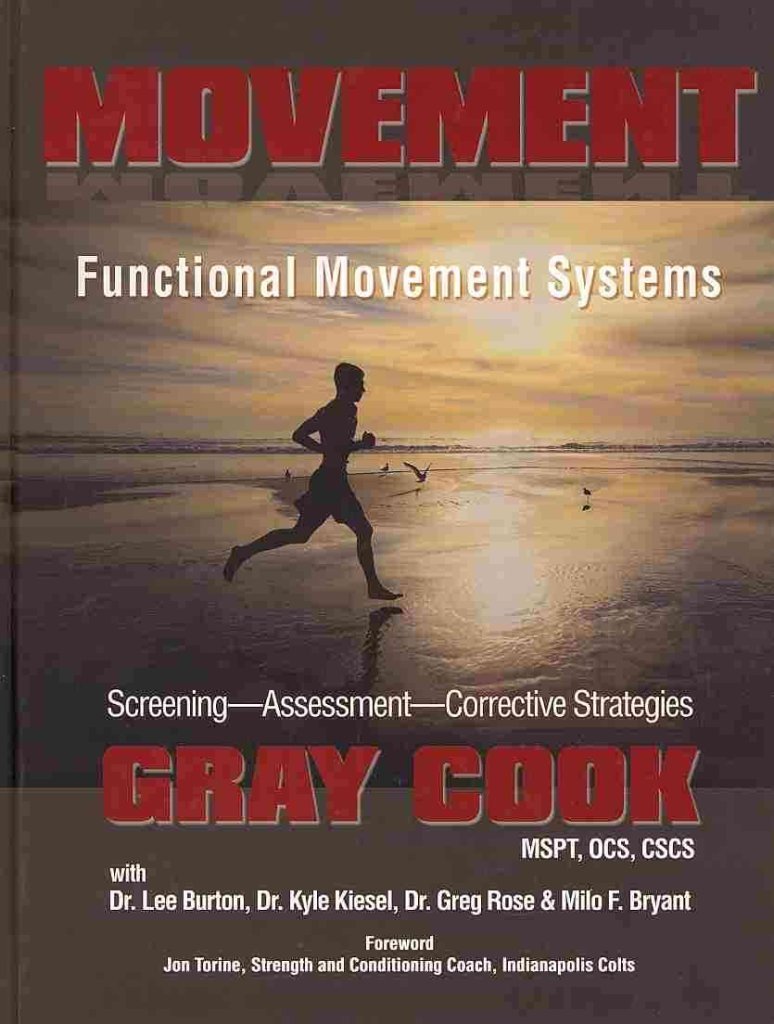About this deal
In addition to the hinge, the hips can produce significant power rotationally. In sports, a powerful swing in baseball, or drive in golf is from rotational hip power.
The FMS seeks to predict injury from a behavioral standpoint. That behavior is measured by your ability to move through certain patterns. I’m not saying the movement screen is beyond criticism, but a lot of the criticism has been from the assumption that a 3 is better than a 2. It’s not. It’s not at all. It only works one way. It works from the bottom. It doesn’t work from the top. When your eyes go across a FMS score sheet— 0s. The next thing you’re looking for are 1s. Are dysfunctions anatomically specific or movement specific? The gluteus medius may appear to do what it needs to do in a bilateral stance (IE squatting), but as soon as we get to a single leg stance or split stance, the person’s movement may deteriorate. Is the problem really the gluteus medius? Or is the problem the fact that they don’t move well in that pattern? But, how many are going to blowout their knee so badly they never get to interact with sports again? Why aren’t we screening movement? How many will roll an ankle and return to sport before rehab goals are met.Move more efficiently and achieve real gains in performance with the Athletic Body in Balance book and DVD. Original humans were on their feet for a large part of the day without leisure or entertainment opportunities designed around sitting in one place.
The TGU is a proprioceptive drill, but I don’t think is a strength move, even though it will make you strong, it is a stability movement… false dilemma; it’s both, obviously. Whenever possible, we must separate movement dysfunction from fitness and performance. Aggressive physical training cannot change fundamental mobility and stability problems at an effective rate without also introducing a degree of compensation and increased risk of injury. I don’t have a statistic that says one is better than the other from a durability standpoint (except in very specific environments, but that’s for a later discussion.) Last week I reached out to my friend Laree Draperto find me a bunch of quotes from Gray, and boy did she deliver. Without further adieu, here are fifty one-hundred (you get double for your money) Gray Cook quotes. Enjoy! The environment can push you toward a sedentary lifestyle and the attendant risks, including joint pain; many jobs now require long days sitting in a chair in front of a computer. Stopping that trend would involve knowing what your movement is like, assessing it and increasing it. Human beings are designed to jump, run, squat and stand up, not spend eight or ten hours sitting down. Movement is life. From theory to practice
Gray Cook on Asymmetries
Now comes the area of debate. I said in the beginning of the Movement book “First move well, then move often.” It’s a very curt statement, but if I don’t define well, then all I did was create another problem without a solution. First, there are people in pain who are telling you they’re ready to train. They’re getting ready to hurt your stats (and themselves) because pain is inconsistent and unpredictable. Second, setting a baseline we can revisit, when we know people are going into risky endeavors, is absolutely responsible.
The probability is high that while you were recovering from those injuries, the way your body moved changed…in a not-so-good way. Issues with skill are the final thing to fix (IE, golf swing, throwing technique, running form, etc.) Your brain is too smart to allow you to have full horsepower in a bad body position, it’s called muscle inhibition There’s an impressive fail rate on the FMS due to a movement pattern provoking pain. We’re not saying delayed onset muscle soreness or general stiffness. These are people who are actually somewhat surprised by pain that accompanies movement patterns that most toddlers can do.
10) If your knees hurt while you squat, it doesn’t mean squatting is bad for your knees
I don’t have as big an issue with an asymmetry (one side is acceptable, one side is optimal and both sides, by default, are acceptable) as I do when you’ve got a dysfunction. Once again, we don’t even have to debate asymmetry. If you’ve got a 1 somewhere whether it’s involved with an asymmetry like a left-right lunge or whether it’s just a one-arm push-up, you’ve got to look at that.
 Great Deal
Great Deal 